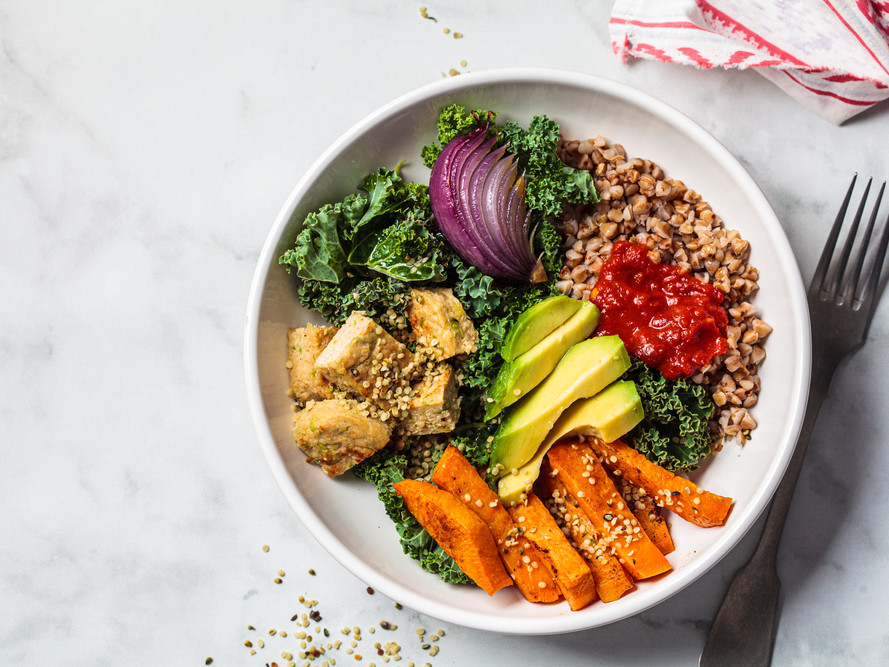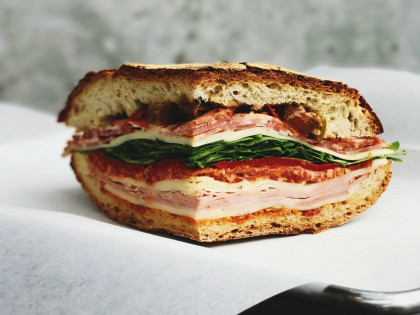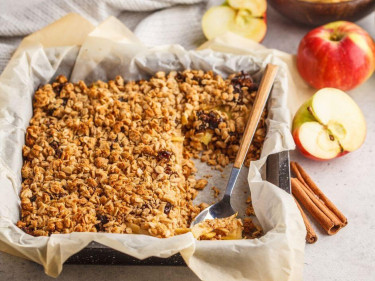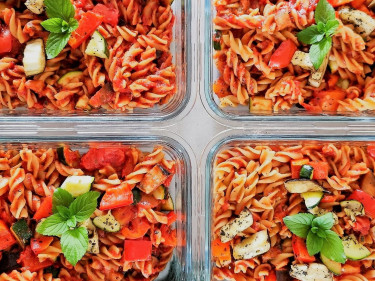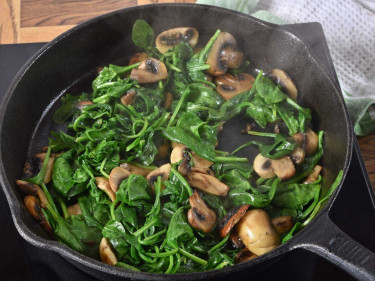The NiMe Diet (Non-industrialised Microbiome Restore) draws inspiration from the traditional diets of people in rural Papua New Guinea. Early research suggests it may support a healthier gut and help lower chronic disease risk - and the best part? You don’t need expensive supplements or niche ingredients to apply its key principles.
What is the NiMe diet?
The NiMe Diet was developed by researchers at the University of Alberta in Canada, who were inspired by the observation that people living in non-industrialised populations, such as rural communities in Papua New Guinea, tend to have a more diverse and balanced gut microbiome compared to people in industrialised countries like Australia, the US, or Canada.
In contrast, industrialised populations often rely on diets high in ultra-processed foods - typically rich in refined carbohydrates, added sugars, and saturated fats, but low in fibre and plant diversity. Over time, this pattern can reduce gut microbial diversity (meaning fewer beneficial bacteria) and contribute to chronic health conditions such as heart disease, diabetes, and obesity.
The NiMe Diet aims to “restore” the gut microbiome, helping to return it to a more balanced, diverse state similar to what’s found in traditional dietary patterns.
A recent study, found participants who followed this eating pattern for just two weeks showed improvements across several key health markers - including reduced total and LDL cholesterol, better blood glucose control, lower inflammation, and an increase in beneficial gut metabolites (small molecules produced when gut bacteria break down food, which help regulate metabolism and inflammation).
What Does the NiMe Diet Look Like?
The NiMe Diet was inspired by the eating habits of rural Papua New Guineans and includes:
- A plant-rich base - beans, sweet potatoes, rice, cucumber, cabbage, peas, onions, and other whole plant foods.
- High-fibre diversity - increase prebiotic fibres, found in foods like beans, lentils, chickpeas, onions, garlic, leeks, and Jerusalem artichokes. These fibres aren’t fully digested by the body, but gut bacteria feed on them, helping beneficial bacteria like Limosilactobacillus reuteri grow and produce compounds that support your health
- Minimal processing – reduce refined, packaged, or ultra-processed foods.
- Small portions of animal protein - like salmon, chicken, or pork once per day.
- No dairy, beef, or wheat - to more closely match traditional non-industrialised dietary patterns.
Applying the NiMe Diet with No Money No Time
You don’t need to overhaul your pantry to tap into the benefits of the NiMe Diet. Here’s how to bring its principles to life using budget-friendly strategies:
- Load up on fibre-rich, plant-based foods
Use filters like ‘Meat Alternatives’, ‘Grains’, ‘Nuts & Seeds', to find plant packed recipes
- Incorporate lean proteins strategically
Simple, affordable options like canned tuna, eggs, or frozen chicken can meet the NiMe Diet’s protein recommendations. Check out our list of pantry staples for easy protein options.
- Swap ultra-processed foods for whole-food alternatives
Try cooking your own version of store-bought favourites, like our Double Batch Healthy Hummus, Banana Bread Muffins, or Berry Jam.
Final Thoughts
While the NiMe Diet may have originated from traditional diets, its principles are accessible to everyone, especially when combined with No Money No Time recipes! By focusing on whole, fibre-rich foods, limiting processed options, and planning smartly, you can support your gut health without blowing your budget.



